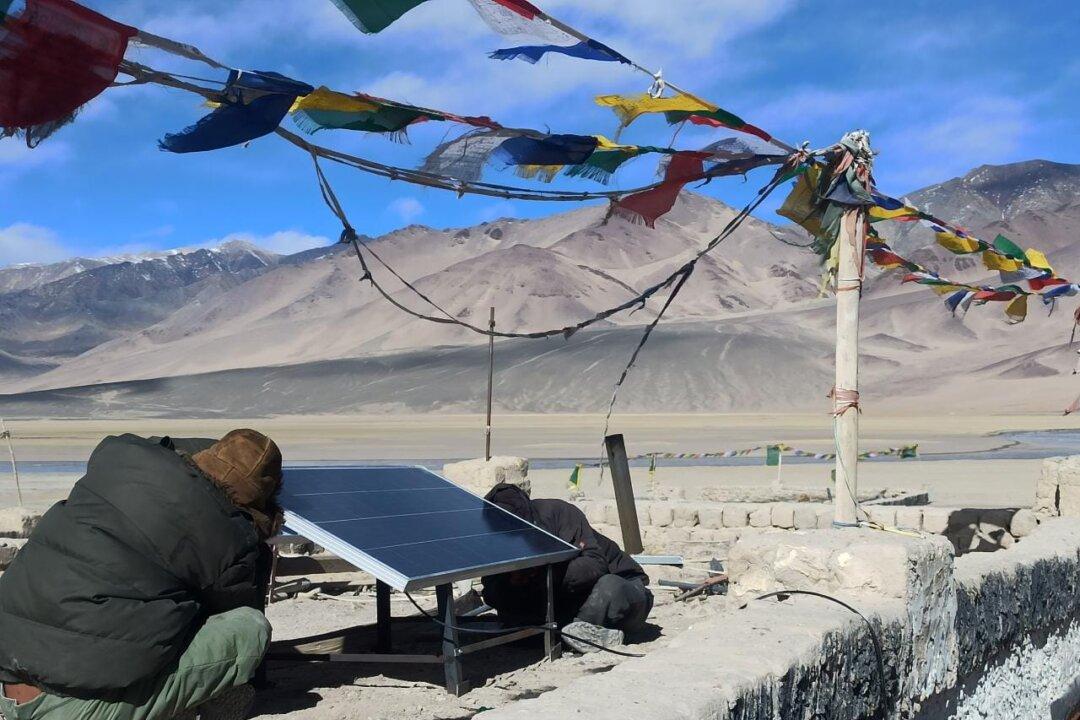NEW DELHI—A group of seven engineers in India is working to solve a problem that people in the high-altitude, inaccessible Himalayan region of Ladakh encountered during the pandemic—washing one’s hands frequently when every drop of water freezes.
More generally, the people of Ladakh have been confronted with the problem of managing life amid a pandemic without an electric power supply.





